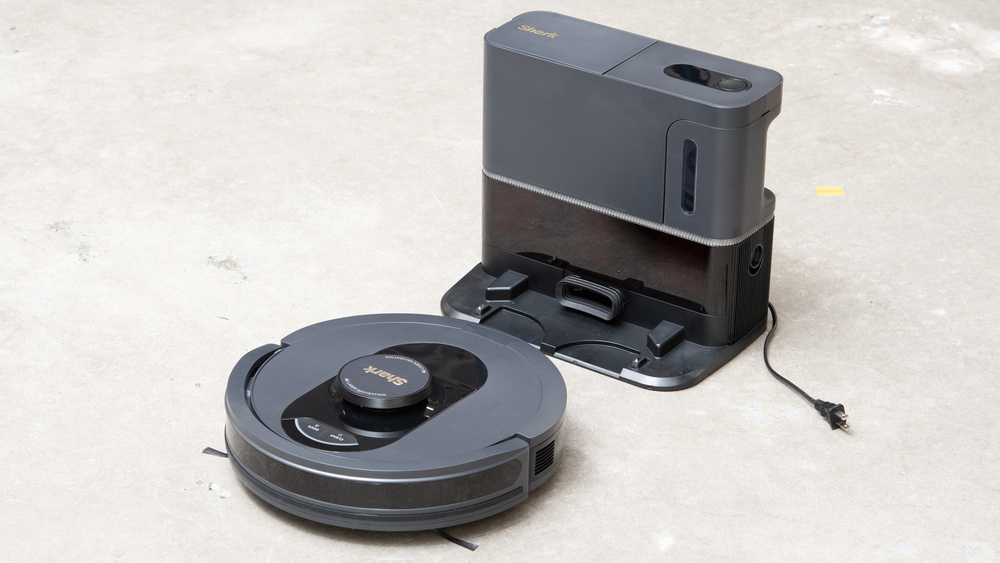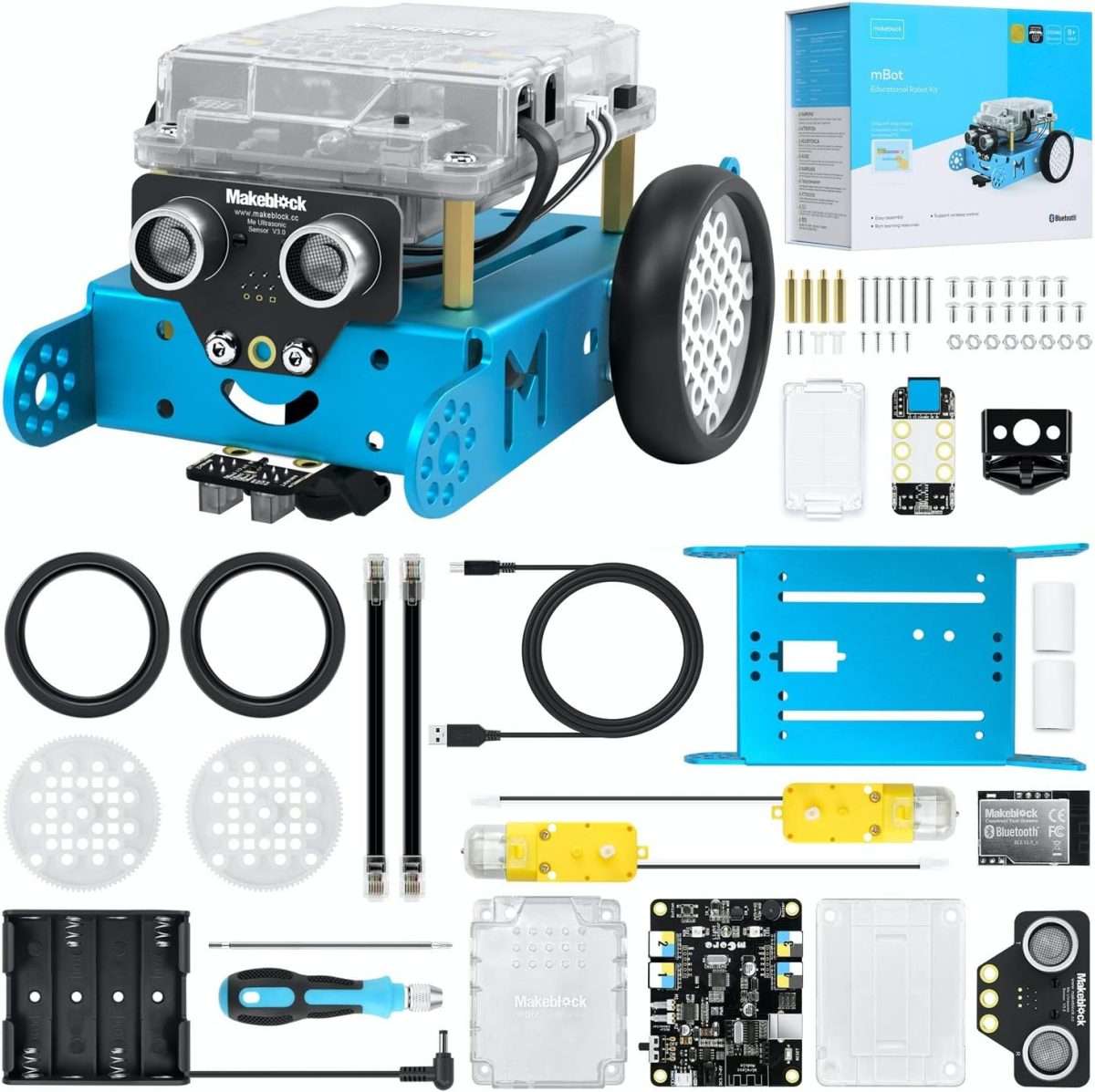How to Build a Hexapod Robot for Research and Exploration
Building a hexapod robot can be an exciting and rewarding project for researchers and explorers alike. These six-legged robots are versatile and can navigate a wide range of terrains, making them ideal for various research and exploration tasks.
Step 1: Gather Materials
- Arduino microcontroller
- Servo motors
- Hexapod frame kit
- Wireless communication module
- Power source
- Sensors (e.g., ultrasonic, infrared)
Step 2: Assemble the Frame
Start by assembling the hexapod frame according to the instructions provided in the kit. Make sure to securely attach the servo motors to each leg and connect them to the Arduino microcontroller.
Step 3: Program the Robot
Write code for the hexapod robot to control its movements and interact with its surroundings. Use the Arduino IDE or another programming platform to code the robot’s behaviors, such as walking, turning, and sensing obstacles.
Step 4: Add Sensors and Wireless Module
Enhance the robot’s capabilities by adding sensors to detect obstacles and environmental conditions. Connect a wireless communication module to enable remote control and data transmission.
Step 5: Test and Refine
Once the robot is assembled and programmed, conduct tests to ensure it functions as intended. Make adjustments as needed to improve performance and address any issues that arise.
Step 6: Experiment and Explore
Now that your hexapod robot is ready, it’s time to unleash it for research and exploration. Test its capabilities in various environments and use it to collect data, conduct experiments, or simply enjoy exploring new territories.
Building a hexapod robot for research and exploration is a challenging but rewarding endeavor. With careful planning, attention to detail, and a spirit of curiosity, you can create a robot that opens up new possibilities for discovery and adventure.
How to Build a Hexapod Robot for Research and Exploration
Building a hexapod robot can be an exciting and rewarding project for researchers and explorers alike. These six-legged robots are versatile and can navigate a wide range of terrains, making them ideal for various research and exploration tasks.
Step 1: Gather Materials
- Arduino microcontroller
- Servo motors
- Hexapod frame kit
- Wireless communication module
- Power source
- Sensors (e.g., ultrasonic, infrared)
Step 2: Assemble the Frame
Start by assembling the hexapod frame according to the instructions provided in the kit. Make sure to securely attach the servo motors to each leg and connect them to the Arduino microcontroller.
Step 3: Program the Robot
Write code for the hexapod robot to control its movements and interact with its surroundings. Use the Arduino IDE or another programming platform to code the robot’s behaviors, such as walking, turning, and sensing obstacles.
Step 4: Add Sensors and Wireless Module
Enhance the robot’s capabilities by adding sensors to detect obstacles and environmental conditions. Connect a wireless communication module to enable remote control and data transmission.
Step 5: Test and Refine
Once the robot is assembled and programmed, conduct tests to ensure it functions as intended. Make adjustments as needed to improve performance and address any issues that arise.
Step 6: Experiment and Explore
Now that your hexapod robot is ready, it’s time to unleash it for research and exploration. Test its capabilities in various environments and use it to collect data, conduct experiments, or simply enjoy exploring new territories.
Building a hexapod robot for research and exploration is a challenging but rewarding endeavor. With careful planning, attention to detail, and a spirit of curiosity, you can create a robot that opens up new possibilities for discovery and adventure.



